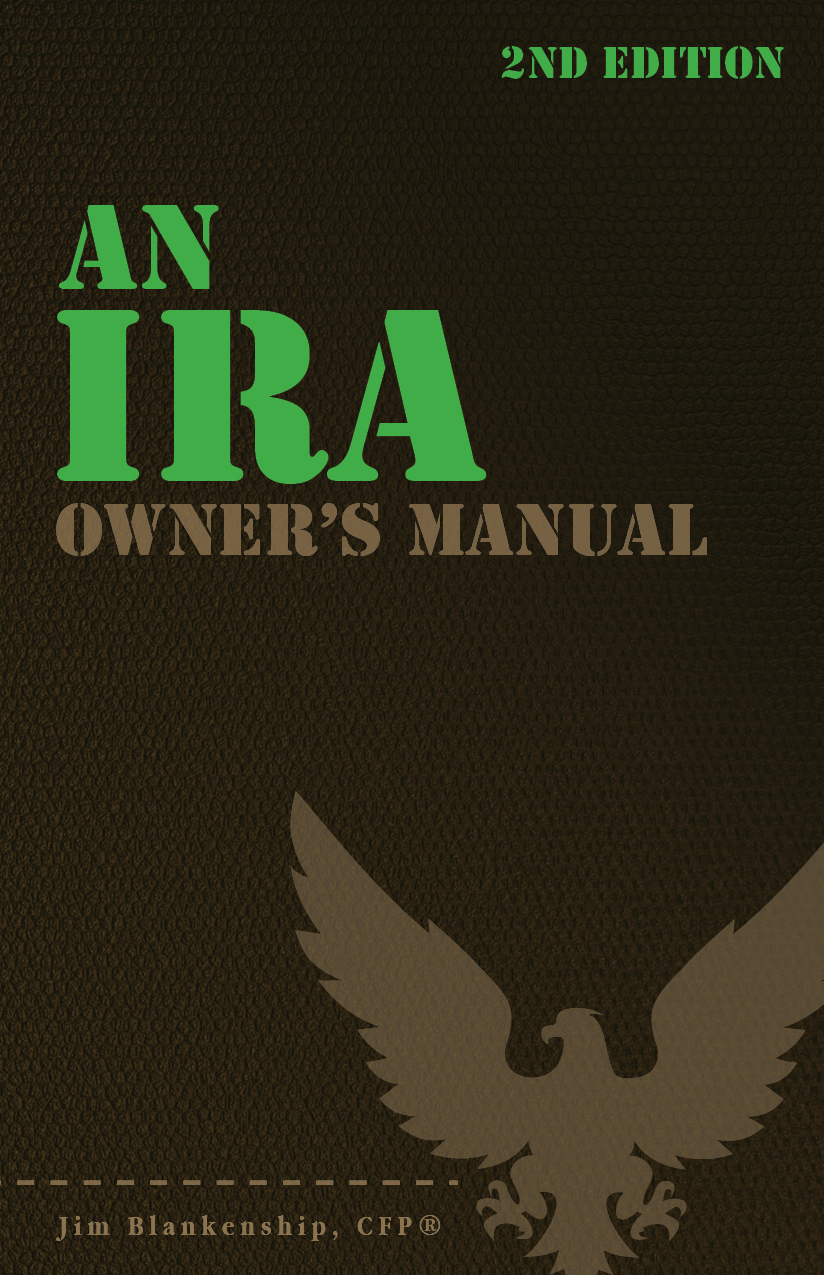 Whether you’re the prospective client working with a financial planner or the planner working with a prospective client, sometimes for whatever reason the relationship doesn’t make sense. The purpose of this post is to help prospective clients and planners in deciding whether or not a client/planner relationship is worth pursuing or maintaining.
Whether you’re the prospective client working with a financial planner or the planner working with a prospective client, sometimes for whatever reason the relationship doesn’t make sense. The purpose of this post is to help prospective clients and planners in deciding whether or not a client/planner relationship is worth pursuing or maintaining.
First, let me start from the perspective of the client looking for a financial planner. Initially, as the client you’re going to want to look for some of the minimums every financial planner should be doing. The first is the CFP® designation. This means that the planner has at least a minimal amount of financial planning education and had passed a rigorous exam. Next, make sure the planner is a fiduciary. This is not optional. This means that the planner is legally required to act in your best interests always. Additionally, make sure they are fee-only. This means they are compensated only by you the client, not commissions from product sales.
Once those minimums are met, find out if you like them. Personalities sometimes clash and life’s too short to work with a planner you don’t like. In addition, find out what value you’ll be receiving and if you’re currently the planner’s client, what value (or lack thereof) you are receiving. A higher price doesn’t necessarily equate to a good value and vice versa.
If you’re the planner, it’s important to interview your prospective clients as well to see if they will be a good fit. Sometimes, you have to assess your current clientele to see if the relationship still makes sense.
For example, if a prospective client asks a lot of questions about your background, history, beliefs, and firm in general, this is a good thing. They are doing their due diligence. However, pay attention to how they’re asking. If the tone is in an aggressive or condescending manner, they may act this way after they’ve become clients.
In another example, a current client may have come aboard initially agreeing with your firm’s investment approach and philosophy. Let’s say that their portfolio allocation is set up in a way to achieve long term rates of return. Initially, the client may have agreed with this. But, after just a few short years they may be constantly wondering why they haven’t experienced returns like their friends or relatives or the Dow. These folks may need some reassurance or education that their holdings are for the long run. However, if they just aren’t happy with their returns despite the short term thinking and your attempt to educate, they may be better off elsewhere.
Another point to consider is if you work on commissions or fee-only. It becomes much easier to work with people you like when you know your compensation doesn’t depend on selling them something, even if they’re not a good fit.
Lastly, whether current or prospective client, no one has the right to belittle you or be vulgar towards you. Show them the door immediately. Life’s too short.
The hope is that occurrences like these are very few and far between. But it’s good to know that should they arise, clients and advisors have a choice.


 Sterling Raskie, MSFS, CFP®, ChFC®
Sterling Raskie, MSFS, CFP®, ChFC® The latest in our Owner’s Manual series, A 401(k) Owner’s Manual, was published in January 2020 and is available on
The latest in our Owner’s Manual series, A 401(k) Owner’s Manual, was published in January 2020 and is available on  A Medicare Owner’s Manual, is updated with 2020 facts and figures. This manual is available on
A Medicare Owner’s Manual, is updated with 2020 facts and figures. This manual is available on  Social Security for the Suddenly Single can be found on Amazon at
Social Security for the Suddenly Single can be found on Amazon at  Sterling’s first book, Lose Weight Save Money, can be
Sterling’s first book, Lose Weight Save Money, can be  An IRA Owner’s Manual, 2nd Edition is available for purchase on Amazon. Click the link to choose the
An IRA Owner’s Manual, 2nd Edition is available for purchase on Amazon. Click the link to choose the  Jim’s book – A Social Security Owner’s Manual, is now available on Amazon. Click this link for the
Jim’s book – A Social Security Owner’s Manual, is now available on Amazon. Click this link for the  And if you’ve come here to learn about queuing waterfowl, I apologize for the confusion. You may want to discuss your question with Lester, my loyal watchduck and self-proclaimed “advisor’s advisor”.
And if you’ve come here to learn about queuing waterfowl, I apologize for the confusion. You may want to discuss your question with Lester, my loyal watchduck and self-proclaimed “advisor’s advisor”.